General Motors, a leading American automotive company, has made an ambitious commitment to shift towards an all-electric, zero-emissions future by selling only zero-emission vehicles by 2035.
With this bold move, GM aims to pave the way for a cleaner and more sustainable transportation landscape, underscoring the importance of innovation and progress in the face of the modern-day challenge of climate change.
As part of its transition, GM is expected to introduce a wide range of electric vehicle models, while simultaneously working on improving the necessary infrastructure, such as charging stations, to support their widespread adoption.
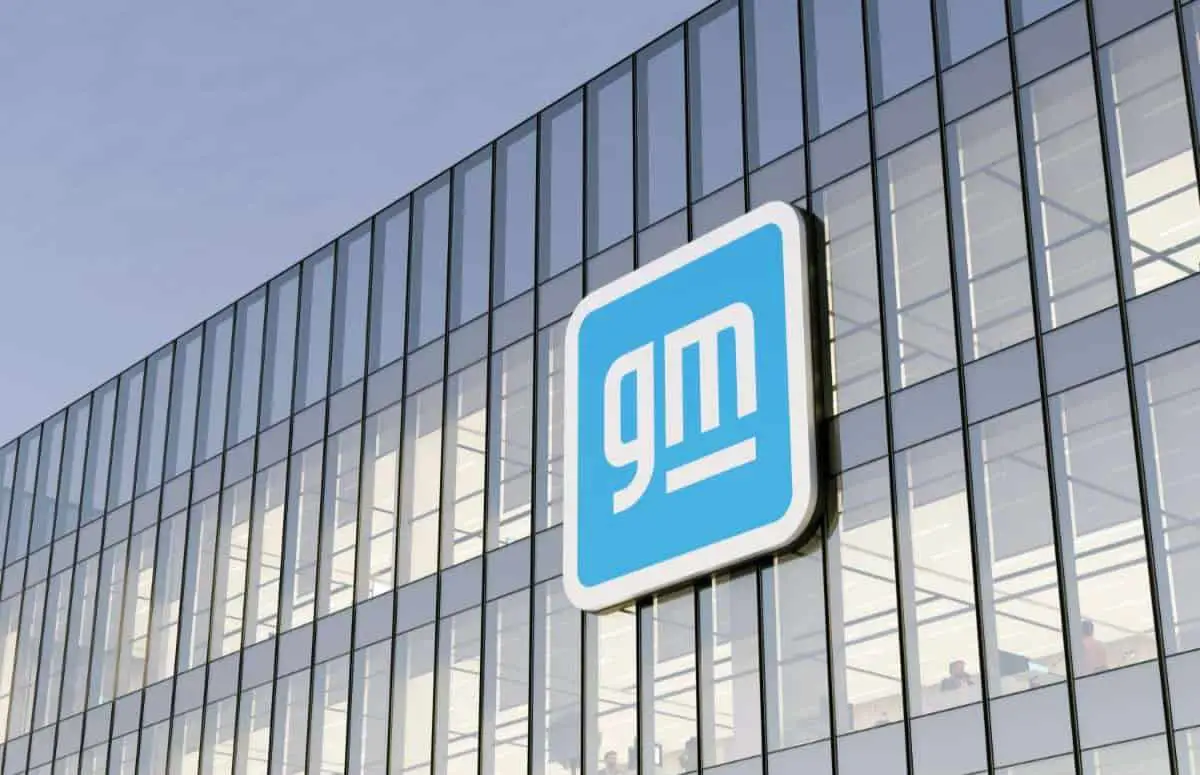
The company’s focus on zero-emission vehicles also extends to its interest in autonomous vehicle technologies, recognizing the potential for these cutting-edge systems to contribute to a cleaner and safer driving experience.
Keeping these initiatives in mind, it is paramount to keep an eye on policies and regulations that will surround this transformative process in the automotive industry.
Key Takeaways
- General Motors commits to a zero-emissions future, selling only electric vehicles by 2035.
- GM will develop a broad range of EV models and invest in infrastructure and charging support.
- The company’s electric vehicle strategy also includes a focus on autonomous driving technologies.
General Motors and Zero Emissions
General Motors (GM) has made a bold commitment to transition towards a zero-emission vehicle lineup, with a plan to sell only zero-emission electric vehicles by 2035.
This ambitious strategy aligns with the company’s broader goal of achieving carbon neutrality in its global operations by 2040, helping combat climate change and reduce emissions across the automotive industry.
GM’s journey towards sustainability received a significant boost with the backing of its CEO, Mary Barra.
Under her leadership, the company has implemented a National Zero Emission Vehicle program, which aims to drive American innovation and industrial strength in the electric vehicle market.
By investing in new technologies, GM sets the stage for a future that features cleaner transportation options and a reduced carbon footprint.
In its sustainability report, General Motors outlines various actions and initiatives to protect the environment and embrace renewable energy.
As part of these efforts, the company has pledged to prioritize climate actions in an inclusive manner.
By incorporating the needs of its workforce and local communities, GM aims to foster long-term growth and economic development through the adoption of electric vehicles.
In summary, General Motors has made tremendous strides in advancing zero-emission technology and promoting a greener future for automotive transportation.
By setting clear targets and supporting the development of clean energy, GM moves us all closer to a sustainable and carbon-neutral future.

G.M. Will Sell Only Electric Vehicles by 2035
General Motors (GM) has announced a bold commitment to sell only zero-emission vehicles by 2035. This decision marks a significant shift in the company’s strategy, as it positions itself to lead in the transition to battery-powered electric vehicles (EVs).
The automotive giant aims to phase out petroleum-powered cars and trucks within the next 14 years, offering a wide range of electric vehicles to meet various customer needs.
This transition towards zero-emission vehicles supports the global efforts in reducing greenhouse gas emissions and combating climate change.
As a part of its commitment, GM has also pledged to become carbon neutral by 2040, which includes not just their vehicle lineup, but also their global operations.
In order to achieve these goals, GM will be investing heavily in research and development.
They will focus on advancing battery technology, expanding charging infrastructure, and promoting the adoption of EVs by consumers.
The company believes that this shift towards electric vehicles will not only benefit the environment but also create new business opportunities and drive innovation in the automotive industry.
The decision to sell only electric vehicles by 2035 demonstrates GM’s confidence in their ability to deliver high-quality, affordable, and environmentally-friendly battery-powered vehicles to their customers.
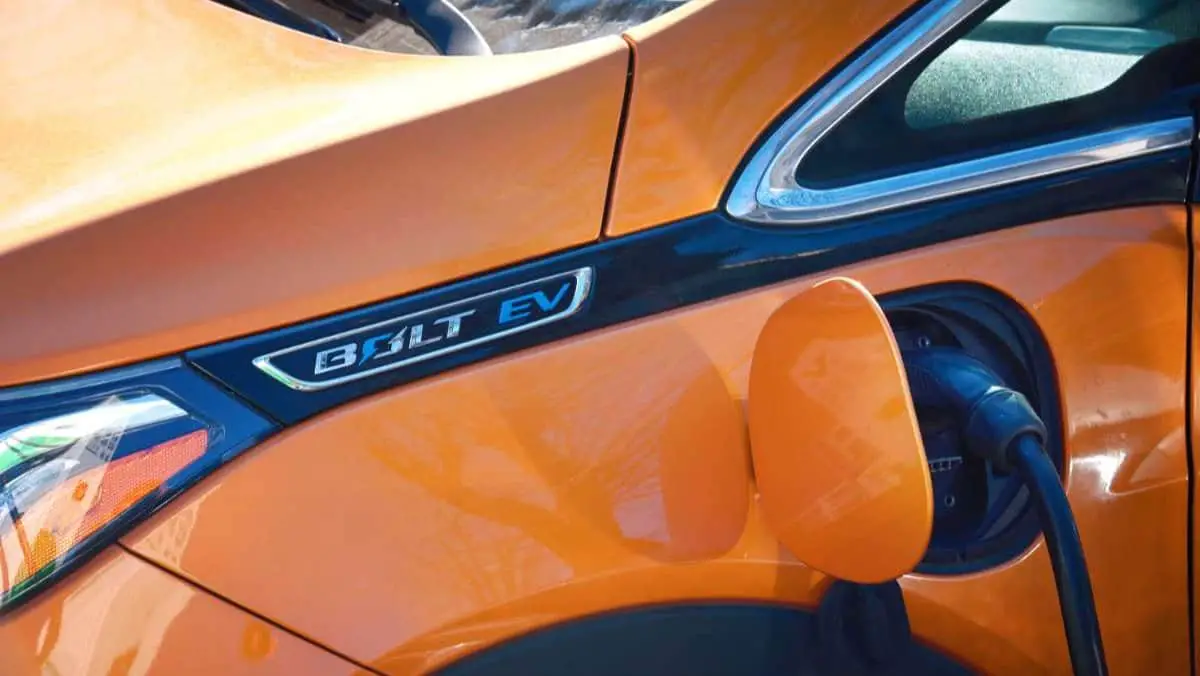
Electric Vehicles and Models
GM Electric Vehicle Lineup
General Motors is committed to an all-electric future, with plans to launch 30 electric vehicle (EV) models worldwide by 2025.
By investing $27 billion in electric and autonomous vehicle development, GM aims to make EVs accessible to all.
Their current lineup includes the Chevrolet Bolt EV, which has gained popularity for its affordable price and impressive range.
Ultium Platform and Battery Technology
At the core of GM’s electric vehicle initiative is the Ultium Platform, a scalable architecture designed to support various types of EVs.
This platform allows for the optimization of dimensions, such as height and width, ensuring improved aesthetics, comfort, and storage.
GM’s Ultium battery technology offers advanced energy solutions, providing longer range, shorter charging times, and reduced costs.
The Ultium batteries come in different sizes and chemistries, allowing for greater flexibility when it comes to vehicle designs and customer needs.
What are some upcoming GM electric vehicles?
Some of the most anticipated upcoming electric vehicles from GM include the GMC HUMMER EV, Chevrolet Silverado EV, and Cadillac LYRIQ.
These vehicles showcase General Motors’ dedication towards engineering a diverse range of electric vehicles that cater to various preferences and requirements.
- GMC HUMMER EV: This all-electric pickup truck combines the iconic HUMMER design with modern EV technology, resulting in impressive performance and off-road capability.
- Chevrolet Silverado EV: The electric version of GM’s popular Silverado pickup brings the power and utility of the truck to a zero-emissions platform. The Silverado EV is expected to be available in Fall 2023.
- Cadillac LYRIQ: The LYRIQ is Cadillac’s first all-electric vehicle, featuring cutting-edge technology, sophisticated design, and an all-new electric experience, aiming to redefine luxury in the EV market.
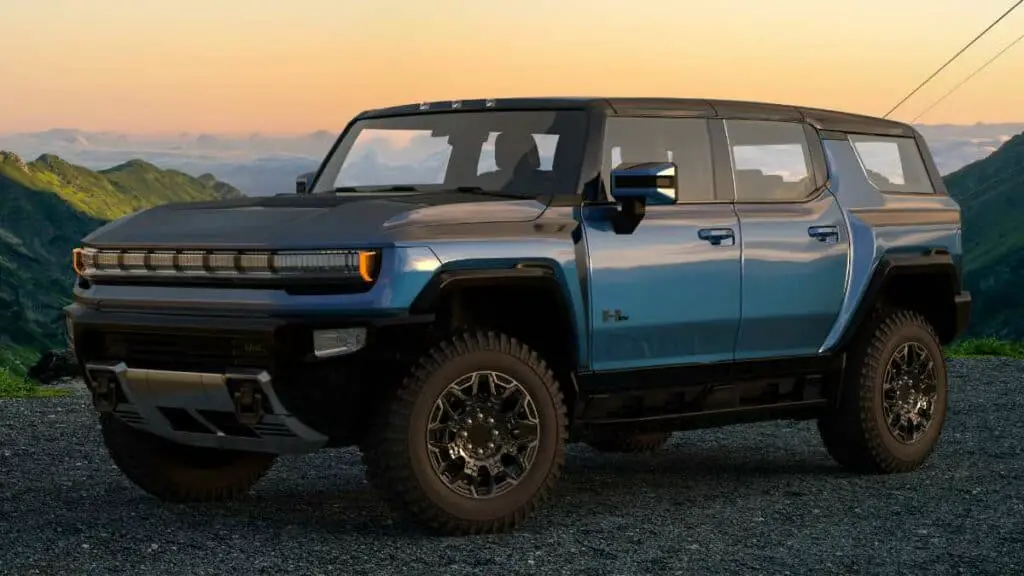
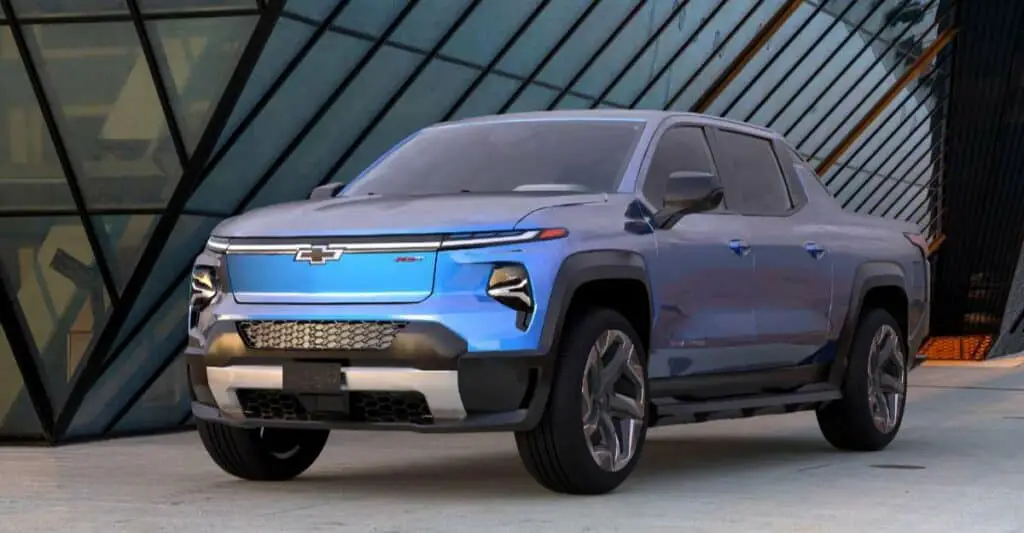
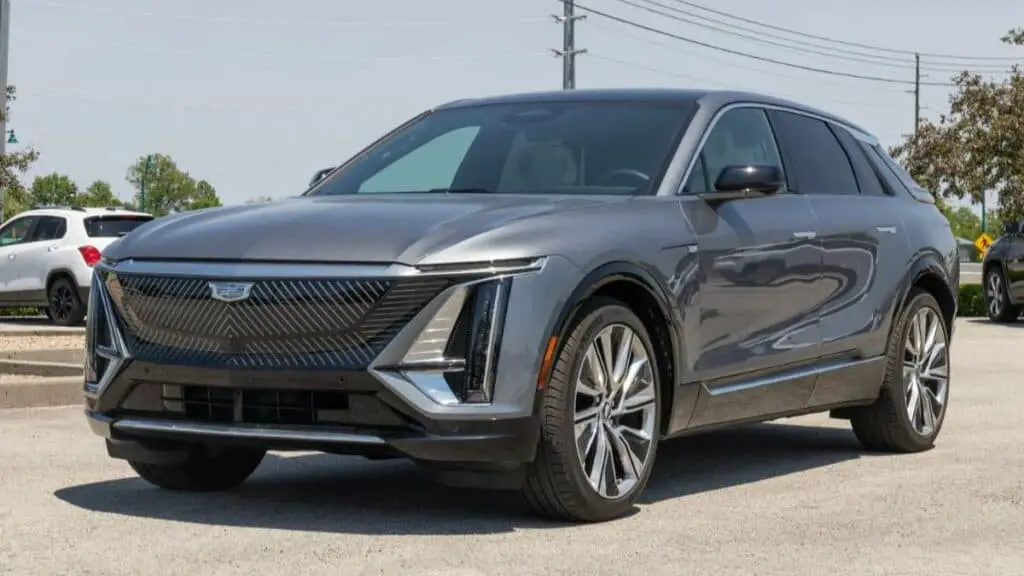
GM’s focus on electrification and zero-emissions vehicles demonstrates their dedication to driving innovation and shaping the future of transportation.
With their broad range of electric vehicles and advanced technologies, General Motors aims to make a significant impact on reducing global emissions and promoting sustainable mobility.
Infrastructure and Charging
As General Motors (GM) continues to pursue its vision of a future with zero crashes, zero emissions, and zero congestion, the company is focusing on developing the necessary infrastructure and charging solutions to support its zero-emission vehicles.
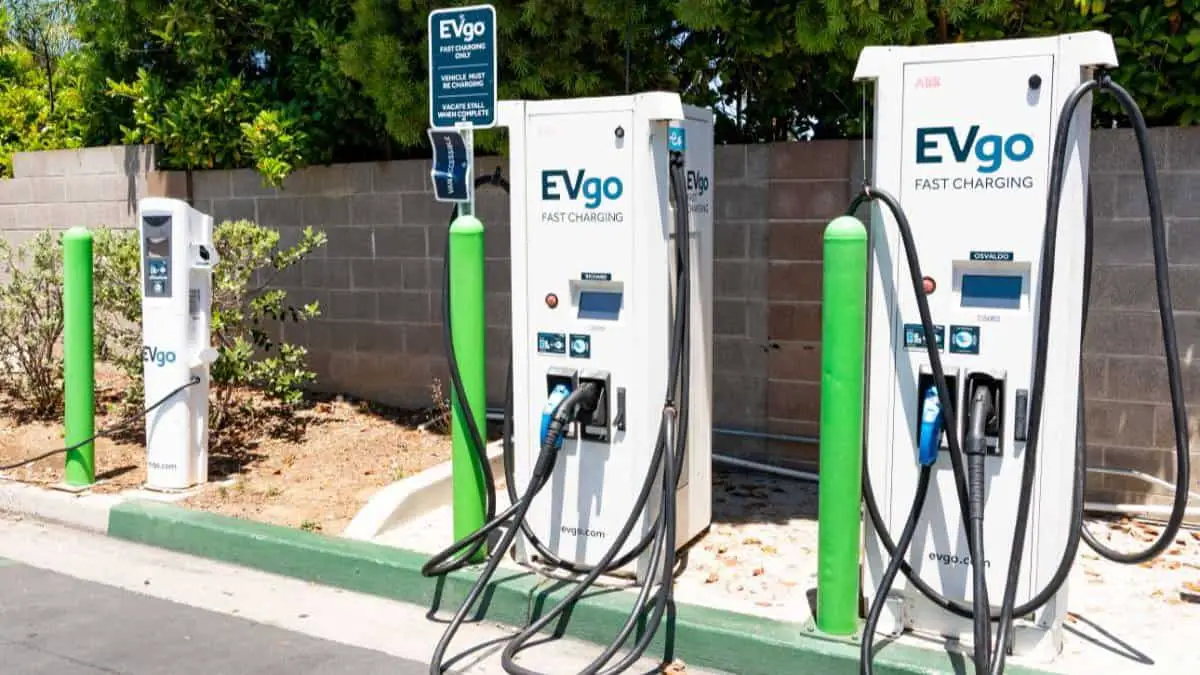
Charging Stations and Networks
GM is working to create a positive EV charging experience for its customers by expanding infrastructure across North America.
Through a partnership with EVgo, GM aims to have more than 2,700 fast-charging stations available by the end of 2025. These stations will provide convenient and fast charging solutions for drivers on the go.
To address the need for at-home charging, GM has also partnered with Qmerit to make this process more accessible and user-friendly for electric vehicle owners.
This initiative aims to educate customers about the costs and benefits of at-home charging stations, making the transition to an electric vehicle seamless.
Manufacturing Plants
GM is committed to achieving a carbon-neutral future, and part of this effort involves transforming their manufacturing facilities to support the production of electric vehicles.
The company has announced plans to convert its Spring Hill, Tennessee plant into a facility dedicated to producing electric vehicles, as well as to create Factory ZERO, a reconfigured manufacturing plant in Detroit that will exclusively produce electric vehicles.
These manufacturing plants will play a crucial role in producing and supplying electric vehicles across the United States, helping to meet the growing demand for sustainable transportation solutions.
GM’s focus on renewable energy and reduced emissions is also in line with the Environmental Protection Agency’s (EPA) mission to promote cleaner and more efficient methods of transportation.
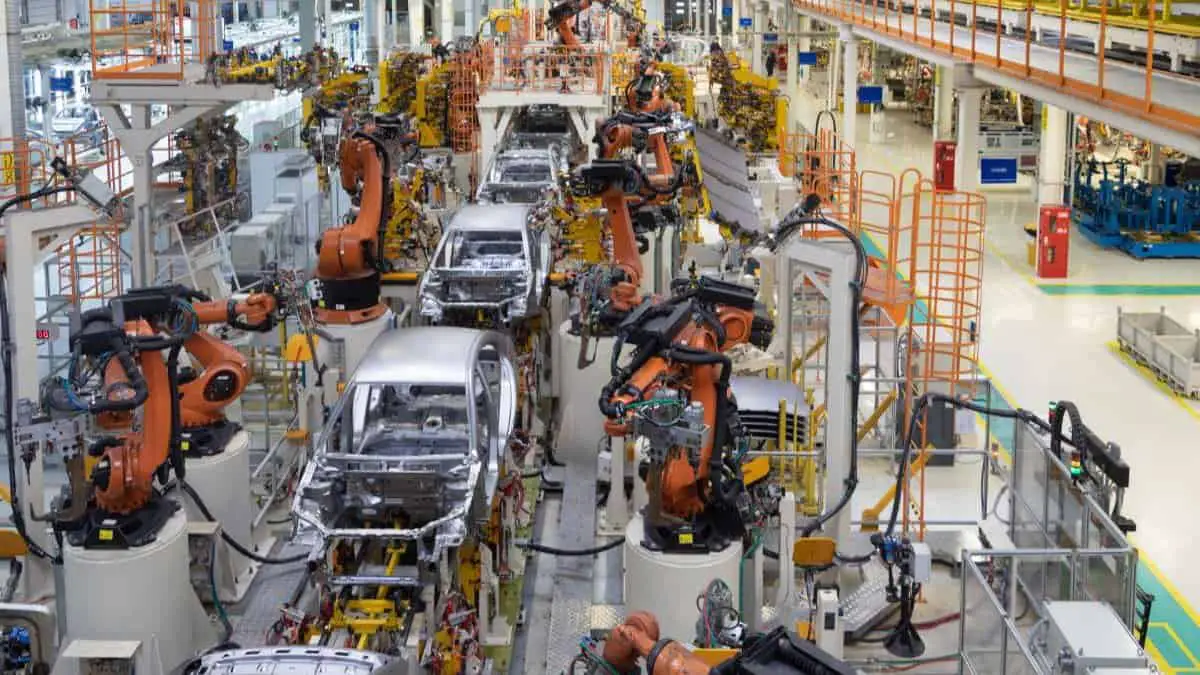
Policies and Regulations
Governmental Incentives and Support
Under President Biden’s administration, efforts to combat climate change and promote a sustainable economy have become a priority.
The Environmental Protection Agency (EPA) has proposed stringent auto emission rules to encourage the transition to zero-emission vehicles.
While the EPA doesn’t directly require 67% of vehicles to be zero-emission by 2032, it sets an average standard for emissions based on vehicle size and type.
In addition to the EPA’s efforts, various government incentives and support mechanisms, such as tax credits and grants, have been put in place to help both automakers and vehicle buyers make the switch to electric vehicles.
These incentives aim to alleviate the financial burden on consumers and encourage market growth for zero-emission vehicles.
Competitive Landscape
General Motors (GM) has been a leader in the fight against climate change by announcing a plan to make its global products and operations carbon neutral by 2040 source.
Additionally, they have committed to eliminating tailpipe emissions from their new US light-duty vehicles by 2035, significantly contributing to a greener economy.
However, GM is not the only automaker making strides in this area. Tesla has been the frontrunner in the electric vehicle market, consistently developing innovative technologies and setting high industry standards.
Ford Motor Company has also started to shift its focus towards electric vehicles, further adding to the competitive pressure on traditional automakers to adopt sustainable practices.
The increased competition in the electric vehicle market has led to advancements in battery technology, infrastructure development, and the creation of more affordable electric vehicles for consumers.
As a result, the adoption of zero-emission vehicles is expected to become more widespread, ultimately leading to reduced pollution levels and greater compliance with fuel economy standards.
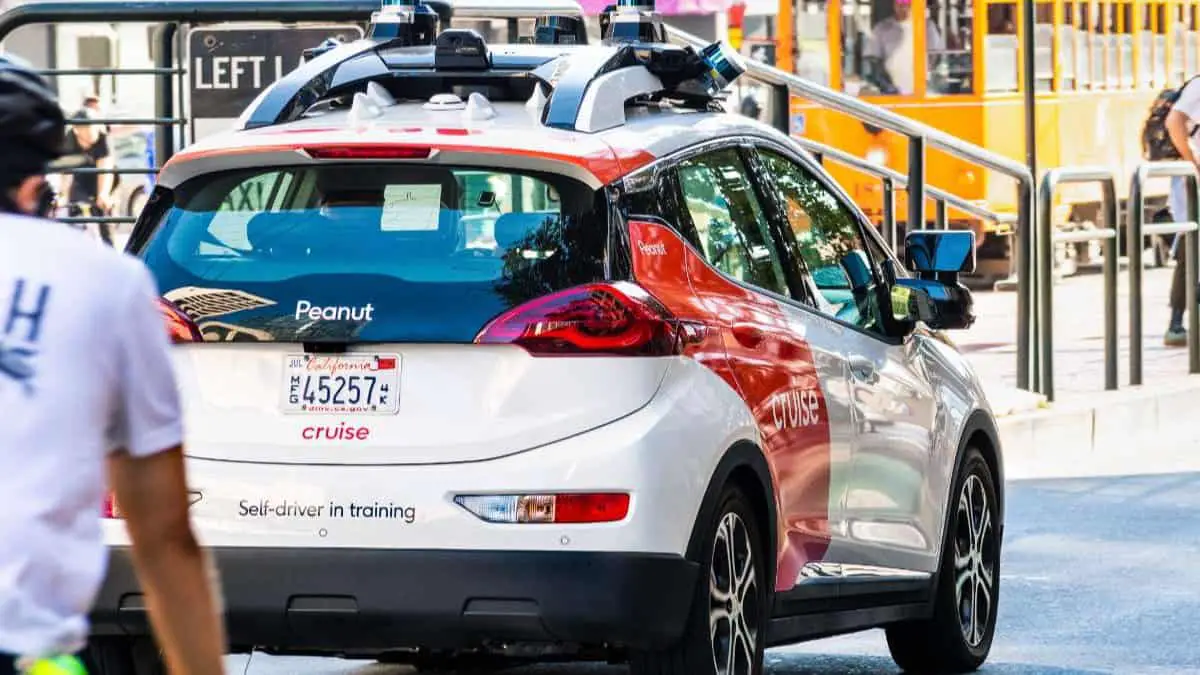
Autonomous Vehicles and Technologies
Self-Driving Vehicle Advancements
General Motors envisions a future with Zero Crashes, Zero Emissions, and Zero Congestion through the development and implementation of autonomous vehicle technologies.
Self-driving vehicles have the potential to transform people’s lives and create a safer, less congested future for everyone. GM’s commitment to advanced driver assistance systems plays a significant role in this vision.
One notable example of GM’s self-driving advancements is the Cruise Origin, an electric vehicle designed from the ground up to be fully autonomous.
The Cruise Origin highlights GM’s belief that autonomous vehicles should also be electric, aligning with the company’s zero-emissions goals.
Super Cruise
GM has introduced Super Cruise, a hands-free driver assistance technology designed to increase safety and fuel economy on compatible roads.
Super Cruise combines advanced technologies like radar sensors, cameras, and GPS data to monitor the vehicle’s surroundings, enabling a seamless and safe driving experience while reducing the driver’s workload.
This technology showcases GM’s dedication to creating innovative solutions to help shape the future of mobility.
Mobility Services
General Motors recognizes the importance of ensuring accessibility and mobility for everyone, regardless of individual capabilities or circumstances.
Autonomous vehicles play a crucial role in offering new mobility services, creating job opportunities, and improving transportation options for people with disabilities or those living in areas with limited public transit options.
By focusing on the development and implementation of self-driving cars, GM contributes to a more connected, efficient, and inclusive transportation ecosystem.
Conclusion
General Motors has set a significant goal to sell only zero-emission vehicles by 2035. This ambitious plan highlights the company’s commitment to tackling climate change and leading the charge towards a greener automotive industry.
The National Zero Emission Vehicle program proposed by GM aims to not only innovate in terms of vehicle technology, but also to preserve the freedom and innovation that has traditionally driven American industry.
By making this commitment, the company has shown a dedication to sustainable practices that benefit consumers and the environment.
Furthermore, GM’s plan to make its global products and operations carbon neutral by 2040 demonstrates a comprehensive approach to addressing the pressing issue of climate change.
By eliminating tailpipe emissions from new US light-duty vehicles by 2035 as part of this initiative, GM is taking concrete steps towards a greener future.
Overall, it can be said that General Motors is at the forefront of the push towards zero-emission vehicles and is making a substantial effort to contribute to the battle against climate change.
This drive for a cleaner and more sustainable automotive industry is likely to have long-lasting and positive effects on both the environment and the economy.
Frequently Asked Questions
What is GM’s plan for an all-electric future?
General Motors envisions an all-electric future with a commitment to producing only zero-emissions vehicles. This plan aligns with their efforts to combat climate change and contribute to a sustainable environment.
They aim to design, engineer, and manufacture electric vehicles that meet the diverse needs of customers around the world.
What is the timeline for GM’s commitment to zero-emission vehicles?
GM has set a goal to sell only zero-emission vehicles by 2035. This ambitious target demonstrates the company’s dedication to creating a greener and more sustainable future for all.
GM plans to achieve this milestone by swiftly transitioning to electric vehicle production and offering a wide range of electric models to consumers.
How does GM plan to achieve zero crashes?
GM’s commitment to a safer future involves leveraging cutting-edge technology.
Their focus on achieving zero crashes includes the development and integration of advanced driver-assistance systems (ADAS) and autonomous driving technology in their vehicles.
These innovations aim to reduce human errors, prevent collisions, and ultimately, enhance driver and passenger safety.
Is the Chevrolet Equinox going to be available as an EV?
While there is no official confirmation about a Chevrolet Equinox EV as of now, GM’s commitment to offering a wide range of electric vehicles makes it plausible that popular models like the Equinox might eventually be available as EVs.
As the company’s plan for an all-electric future unfolds, consumers can expect announcements about electrified versions of their favorite GM models.
- Tesla Charger Installation Cost (Home Setups) - March 1, 2024
- Tesla Phone Key Disconnected (Troubleshooting Guide and Quick Fixes) - March 1, 2024
- Tesla FSD 12 (Explained) - March 1, 2024